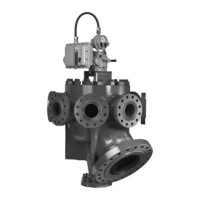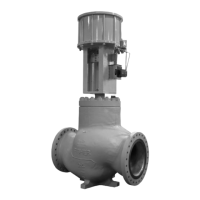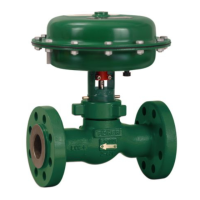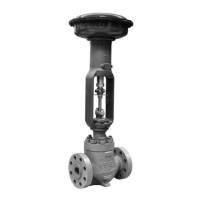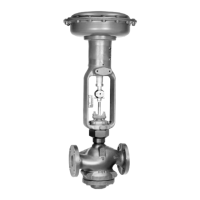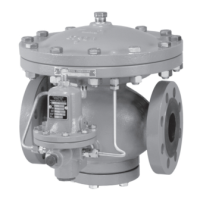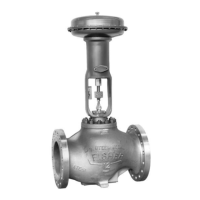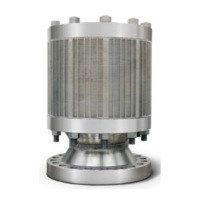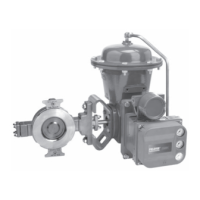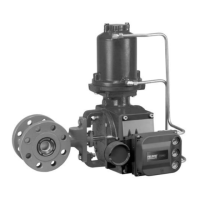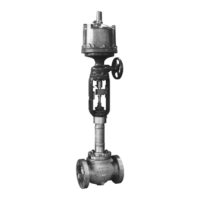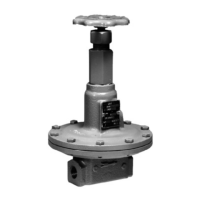FloBoss 407 Instruction Manual
2-4 Rev 5/00
audit history trail of past operation and changes. The Alarm Log is stored separately to prevent
recurring alarms from overwriting configuration audit data.
Event logs contain a record of operator changes and system events such as power-downs. The event log
operates in a circular fashion, with new entries overwriting the oldest entry when the buffer is full. The
event log provides a history of past operation and changes. The event log is stored separate from the
alarm log to prevent recurring alarms from overwriting configuration change events.
In addition to providing functionality for appending new events to the log, it allows host packages to
request the index of the most recently logged event entry. Event logging is available internally to the
system, to external host packages, and to the FST.
The Audit Log is a specialized type of event log set up only for the Measurement/Industry Canada
version of the FloBoss. It contains changes to any flow-related parameter made through the protocol.
The Audit Log has the capacity to maintain and store up to 240 events. Once the Audit Log fills up, a
flag must be cleared by saving the log to a disk file; then the FloBoss will allow parameter changes and
resume recording audit events. The log has information fields which include point type, parameter
number, time and date stamp, point number if applicable, the operator identification, and either the
previous and current parameter values or a 14-byte ASCII description.
2.2.1.4 Function Sequence Tables (FSTs)
The FloBoss supports FST user programmability. The FST program can be as many as 300 lines of
code, depending upon the FST. The FST code resides in static RAM and is backed up to flash memory
when the “save configuration” function is issued through the ROCLINK Configuration Software. See
the configuration software user manual and the Function Sequence Table (FST) User Manual (Form
A4625).
2.2.1.5 PID Control
The PID Control functionality is used to provide control of a process variable to a user-entered setpoint
by automatically adjusting the output to a regulating device, such as a control valve. PID Control can
only be implemented if I/O modules are installed in the FloBoss to provide a control output. This
output can be achieved either through an Analog Output or a through a pair of Discrete Outputs for
open/close control. Override Control of a secondary variable may also be set up.
2.2.1.6 Power Control
The Power Control function (available in Standard firmware only) is used with communications port to
provide power savings when using a radio or cell phone for communications. Three cycling “zones”
are provided, but zones can be disabled as desired. Either a Discrete Output module (for COM1 or
COM2) or the DTR signal (for COM2 only) provides the switching mechanism.
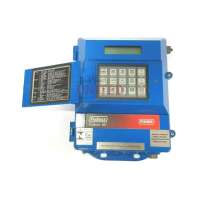
